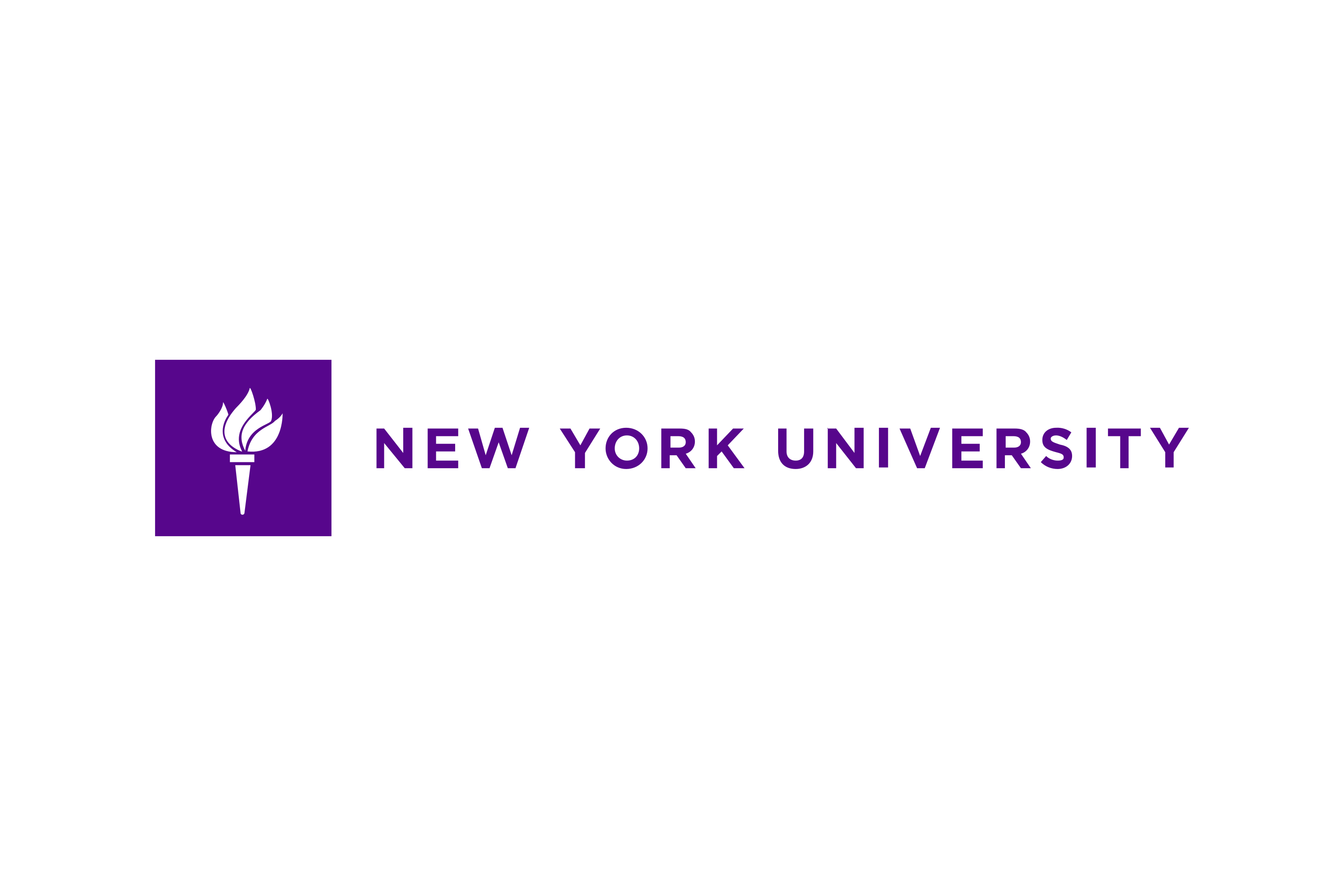New York University: The Gallatin Galleries’ “Fluid Matters, Grounded Bodies: Decolonizing Ecological Encounters” Explores the Relationship between Climate and Colonial Histories
The Gallatin Galleries will present “Fluid Matters, Grounded Bodies: Decolonizing Ecological Encounters” a mixed-media installation featuring the works of eight artists that consider the impact of colonial enterprises on landscapes, people, and histories from July 22 2022 through August 17, 2022.
Presenting the works of Farah Al Qasimi, Beatriz Cortez, micha cárdenas, Tessa Grundon, Joiri Minaya, Ada M. Patterson, Himali Singh Soin, and Alexis Rider, “Fluid Matters, Grounded Bodies: Decolonizing Ecological Encounters” engages with complex questions around impermanence, belonging, transformation, and erasure as they relate to human (and non-human) lives and the earth itself. The works of these artists are ecologically conscious, while their self-reflective, collaborative artistic practices emphasize notions of kinship as central to their counter-historical work.
“By equating the bodies of women and femmes, queer people, and people of color with colonized spaces, colonial powers have been able to justify violent acts of exploitation and extraction of both human and land bodies. The legacies of such aesthetic and conceptual linkages are powerful, echoing in our popular culture, knowledge systems, and institutions. The artists featured in this group show reckon with such historical linkages, while articulating new futures and magnifying marginalized, and even speculative histories that imagine a decolonial future in which climate justice prevails,” said Patricia Kim, assistant professor at NYU’s Gallatin School of Individualized Study and the exhibition’s co-curator.
The exhibition is composed of four sections: the first section speaks to questions around the production of colonial logics that typically reduce colonized places, and the people, flora, and fauna therein, into specimens for extraction and study. The second section confronts the violent, colonial linkages between land- and water-scapes with the bodies of women and femmes, queer people, and people of color. The third section presents multimedia artworks that reckon with oppressive colonial histories and unearth counter-histories that offer new narratives of place. The fourth section focuses on the creation of kin through an ethics of care as an antidote, and a path toward remediating eco-biological and social systems alike. The artworks of this section highlight the importance of slow science, and the need for intentional and recuperative engagements that refuse the fast-paced rhythms of global capitalism. Visitors will be encouraged to participate in the installation of Tessa Grundon’s Library of Lost Places, by submitting the names of places meaningful to them that have been lost, or are at risk of loss, to gentrification, capitalism, climate change, and war.
For decades, artists have explored their relationships to the earth. While an earlier generation of Women of Color was largely responding to the Land Art Movement of the 1970s, in which men claimed “natural spaces” as their cultural studios, the contributors to “Fluid Matters, Grounded Bodies” are particularly concerned with the contemporary challenges of climate change denial, land loss, and the specters of colonial violence that continue to haunt our ecological and political systems transnationally.
Drawing on earlier interventions, the international group of artists of “Fluid Matters, Grounded Bodies” relate to their environment(s) by reclaiming the earth as a medium while sharing stories that reflect the ecological experiences of broader sectors of the population; they confront the lingering effects of land, labor, and resource extraction while reckoning with the ghosts of colonial impulses that desire to instill binary modes of existence; they engage across media and artistic practices to magnify the glaring stakes of climate and colonialism while responding to the mass waves of migration across political state borders.
Some artists attempt to efface their own bodies by blending into the environment, at the same time emphasizing their distinction from it and unwillingness to disappear. Some mergings of bodies and terrain are intentionally dystopian. Others re-imagine the art-historical canon, historical archives, or futures and cosmologies in an attempt to present counter-histories to exclusionary narratives. Many pieces present visually or contextually jarring contrasts, with bodies (i.e., human bodies, materials, terrain, etc.) that are out of time or out of place. Such highly staged artifice is meant to unsettle the harmfully comfortable idealistic narratives we have grown accustomed to, emphasizing that many human and land bodies are actually disembodied, alienated, or trapped in non-sustainable lifeways. The artists of “Fluid Matters, Grounded Bodies” pave speculative, reparative pathways toward equitable futures and safe living environments. By staging these works together, the exhibition ultimately seeks to imagine possibilities for a decolonial future, shaped by networks of care, kin, and reciprocity.

